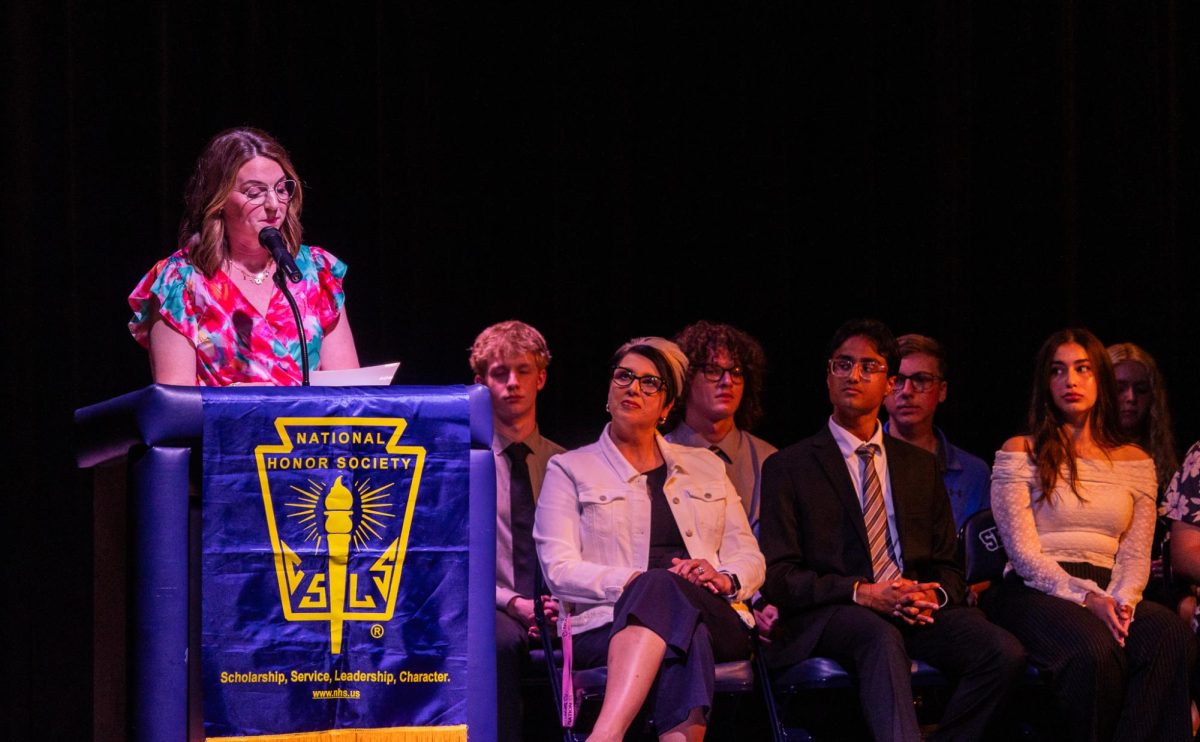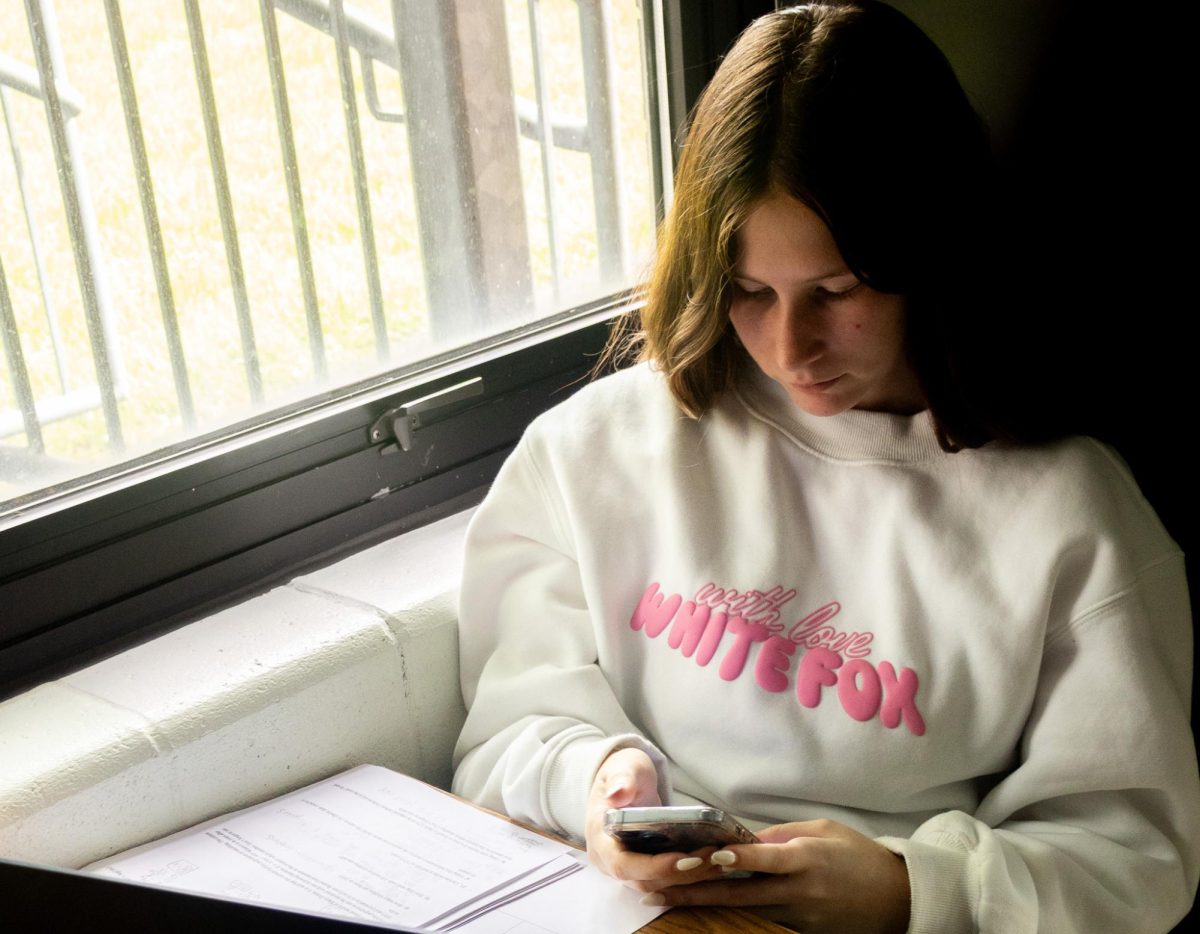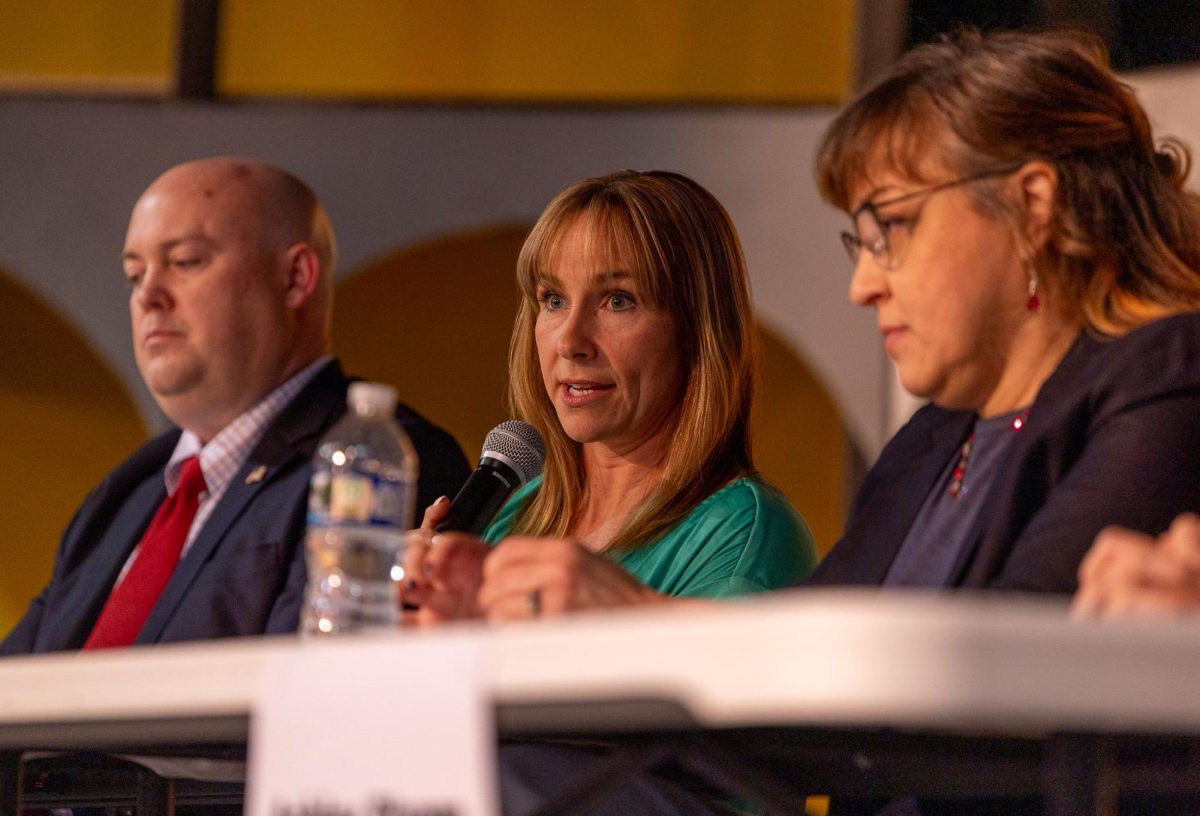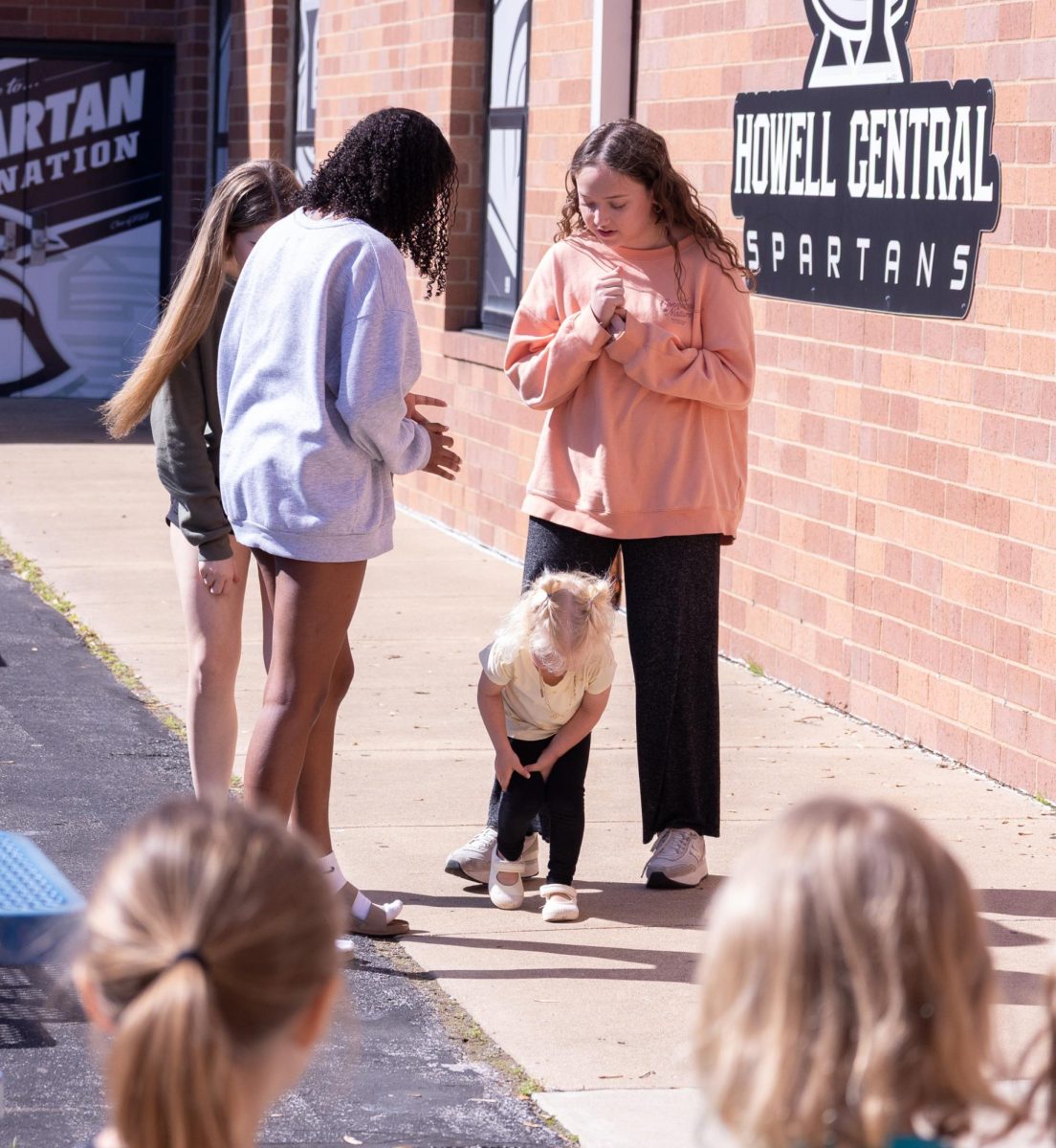Mrs. Sara Maxwell prepares herself for the unprecedented change in her day-to-day routine. A pile of papers, a manual sign-in sheet, and a Wi-Fi hotspot are all piled on her desk, following a district-wide cyberattack that had rendered the private network system shut down. Fortunately for Mrs. Maxwell, she arrives at the nurse’s office with the hotspot plugged in and the computer running. Schedules continue like any other day, at least for the school’s nurse.
On Feb. 19, FHSD announced that a cyberattack had been conducted against their private networks. The district had consequently shut down all online services until they could guarantee the security of students and staff at school.
The only difficulty that Maxwell faced, however, was connecting her computer to the hotspot, which was fixed by a single call to the office and turning off her ethernet cable. Luckily, Maxwell had no problems distributing medicine during the day, thanks to the efficient distribution of Wi-Fi hotspots and the planning of how to recreate the school day by the district.
“We had everything we needed, other than setting up the connection, that is. One call on the walkies and it was fixed though,” Maxwell said. “When we came back to school, students got their meds.”
The reason the medical department was able to run without interruptions was thanks to the meetings and planning that was done prior to returning to the building.
“Everything came together way quicker than I expected it to without the Wi-Fi,” Maxwell said. “We had a meeting before coming back to school to make sure everyone had everything we needed and make sure we were safe.”
Although Maxwell’s day ran smoothly, other areas of FHSD had still not returned to normal. To return students to school, the district had to prioritize the main securities, such as the nurse’s office.
The main reason for scheduling AMI days was not due to an inability to teach offline, but rather an inability to uphold a safe learning environment. Building Principal Suzanne Leake spoke about the importance of ensuring students’ safety as the district dealt with the absence of the Internet.
“The safety of students and staff was really prioritized,” Dr. Leake said. “Did we have a way to account for who was in the building? Did we have a way to know who was signed in or out? Did the fire alarms and other [security systems] run without the network?”
Once all these safety requirements were met, the district felt capable of returning to in-person instruction. This return wasn’t without complications though as all of the staff and students were unable to access their usual online lectures and courses when on school grounds.
One of the biggest challenges was finding a workaround for the app Infinite Campus, which had access to all of the student’s grades, attendance records, and personal information.
“A big problem was not knowing if [staff] would be able to get to Campus,” Dr. Leake said. “Even if they could get to campus, we knew they wouldn’t be able to print a roster from Campus.”
Dr. Leake and other district officials had to participate in multiple Zoom meetings over the two AMI days to figure out how in-person schooling could be conducted without certain resources.
To keep track of student attendance Dr. Leake and other administrators had to go through the tedious process of printing out a paper copy of every student’s schedule, as well as every teacher’s roster.
“We were going to every classroom, pulling the CF binder, pulling out the rosters, running copies of those, putting the originals back in the binder, and then we would run two copies for Thursday and Friday,” Dr. Leake said. “I also pulled myself a master set of copies so we wouldn’t have to go room-by-room again.”
Even though returning to school had quite a few downsides, it definitely proved to be necessary as multiple of the younger students’ parents were unable to help their children learn while working. Dr. Leake acknowledges the sudden announcement of AMI days could cause parents of younger children to have some difficulties.
“While AMI does have its benefits, it does put a family with young children in a pickle,” Dr. Leake said. “High school students can stay home by themselves but many elementary kids cannot as a lot of their parents are back at work.”
Throughout this past week students and staff have had to adapt to offline learning which up until Thur. Feb. 29, was the only option that would allow parents to send their kids back to school.
While all of these events were still going on, district officials were working with the FBI to investigate the details of the cyberattack. The investigation is still ongoing and Superintendent Dr. Kenneth Roumpos has sent out multiple emails as well as a video explaining the information that is currently known. Within these district-wide messages, Dr. Roumpos has made it clear that certain information will not be released until the FBI has finished conducting its search.











